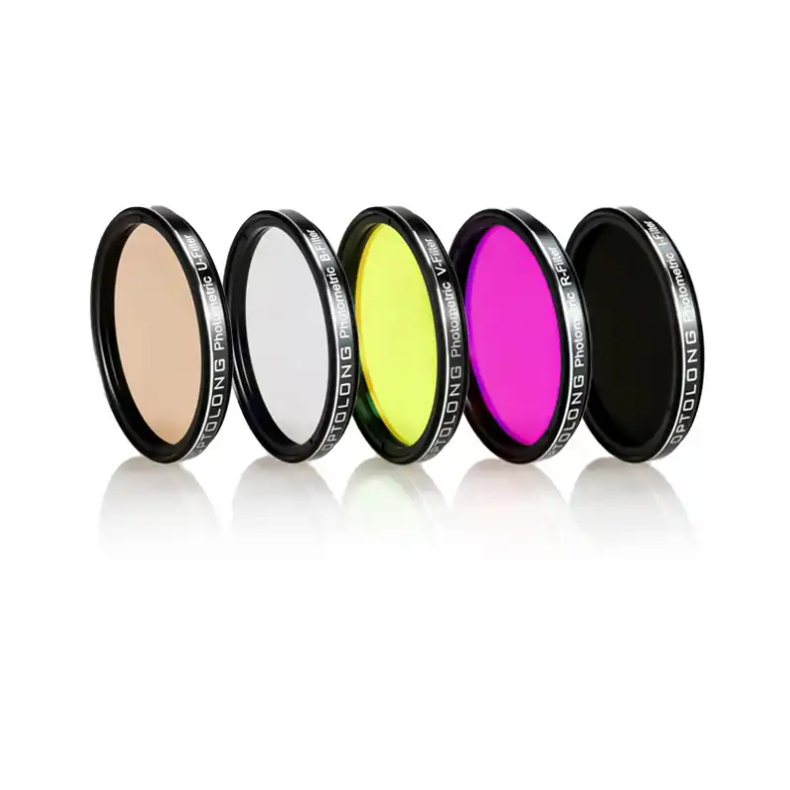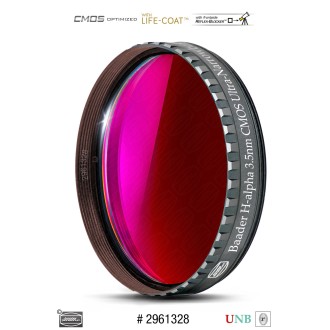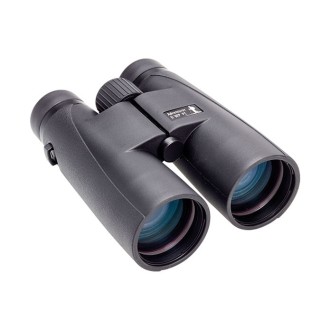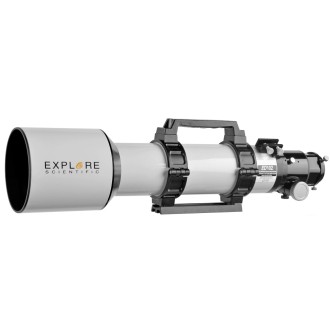Deliver it 19/26 days
Set of 5 calibrated filters for scientific use. This is a fantastic alternative option to traditional manufacturers and with a more economical price:
- Filters for photometry
- Conforms to Johnson-Cousins standard
- Cell mounted filters with 50.8 mm thread (M48 thread)
OPTOLONG UBVRI 2" photometric filters set
Everything you need to know about photometric filters Optolong UBVRI
Photometric filters are calibrated color filters with very specific uses. They are used to measure and study variations in the luminous intensity of stars, making it possible to determine the magnitude and distance of stars, study supernovae, the diameter and rotation of asteroids, accurately measure variations in the magnitude of variable stars, etc. Photometric filters are one of the basic tools for amateur (and especially professional) astronomers wishing to carry out scientific work, as their extremely rigorous calibration makes measurements universal.
UBV filters have been the photometric standard for professionals (and informed amateurs) for decades. On the one hand, they standardized photometric methodology (and thus allowed reliable comparisons by adopting a single system) and, on the other hand, they made it possible to acquire an incredible amount of photometric data at the same time as the first systematic stellar surveys. Filters and their standard bandwidths were forced to evolve along with imaging technologies: from visuals to photography, from photography to photoelectric techniques (photomultiplier tubes), and finally from photoelectric techniques to modern CCD imaging. Thus, the standard evolved from UBV to UBVRI and finally to UBVRcIc.
The current UBVRcIc (or Johnson-Cousins) system remains the most widely used broadband photometric system, due to its long history and ability to reliably compare current measurements with those made almost 70 years ago; it remains the de facto standard used by major variabilistic associations, such as AFOEV in France and AAVSO in the United States. However, it competes with other more recent systems better adapted to current imaging technologies, such as the Sloan system of the SDSS or the Strömgren system used in professional automated stellar mapping observatories.

This diagram shows the percentage transmission (ordinates) as a function of the wavelength of the incident light (abscissae). 400nm corresponds to deep blue, 520nm to green and 600nm to red. Infrared, invisible to the naked eye but accessible to cameras, begins at 700 nm. The color curves correspond to the transmission ranges of the various UBVRcIc photometric filters from Optolong.
Set of photometric filters OPTOLONG UBVRI 2"














